Home>Furniture & Design>Interior Design Trends>Where Does The Wine Glass Go
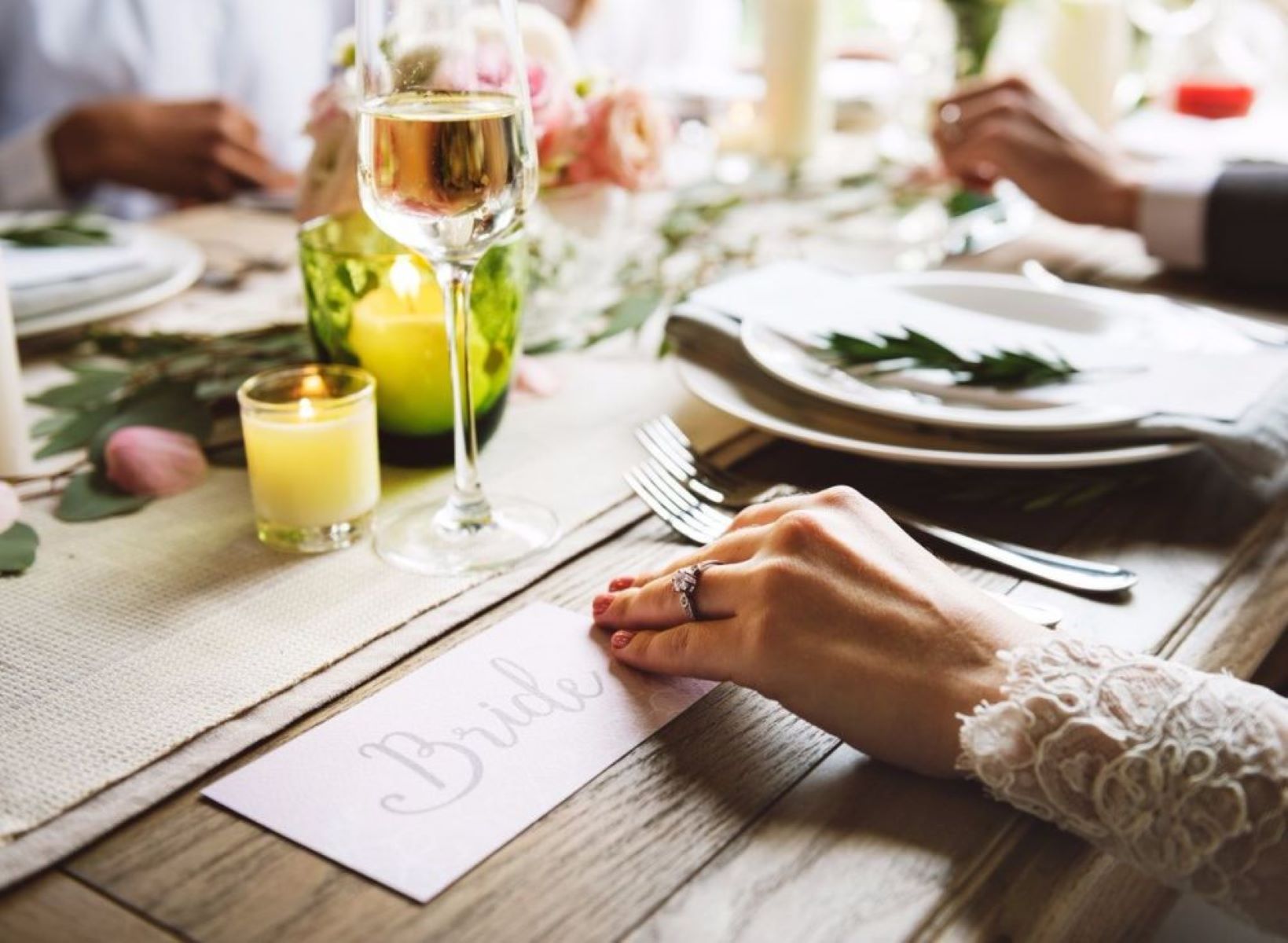

Interior Design Trends
Where Does The Wine Glass Go
Modified: February 18, 2024
Discover the latest interior design trends for wine glass storage and organization. Learn where to place your wine glasses for a stylish and functional space. Elevate your home decor with these innovative ideas.
(Many of the links in this article redirect to a specific reviewed product. Your purchase of these products through affiliate links helps to generate commission for Storables.com, at no extra cost. Learn more)
Introduction
Wine has been a symbol of celebration, sophistication, and conviviality for centuries. Whether it's a casual gathering or an elegant soirée, the presence of wine often adds a touch of refinement to any occasion. However, the placement of wine glasses is an often-overlooked aspect of hosting that can significantly impact the overall dining experience. Understanding the proper placement of wine glasses not only adds an aesthetic appeal to the table setting but also serves a functional purpose in enhancing the enjoyment of the wine.
In this article, we will delve into the art of wine glass placement, exploring its historical significance, the anatomy of wine glasses, and the factors to consider when arranging them. By the end of this journey, you will gain a deeper appreciation for the intricacies of wine glass placement and be equipped with the knowledge to elevate your hosting skills to new heights. So, let's embark on this exploration of the art and science behind the placement of wine glasses, and discover the nuances that can elevate any dining experience.
Key Takeaways:
- Proper wine glass placement enhances the dining experience by considering wine selection, glassware size, and guest comfort. It’s like creating a beautiful symphony of elegance on the table!
- The history and design of wine glasses reflect the enduring allure of wine. Thoughtful placement adds a touch of sophistication and order to any dining occasion, making every sip a moment of delight.
Read more: Where Does Wine Glass Go On Table
The History of Wine Glasses
The history of wine glasses is a fascinating journey that intertwines with the evolution of wine culture and the development of glassmaking techniques. Dating back to ancient times, the consumption of wine has been an integral part of human civilization, and the vessels used to drink wine have undergone significant transformations over the centuries.
The origins of wine glasses can be traced back to ancient Rome, where the consumption of wine was deeply ingrained in social and religious practices. During this era, wine was typically enjoyed from shallow clay cups known as "scyphi." These early vessels, while functional, lacked the sophistication and refinement associated with modern wine glasses.
As the art of glassmaking advanced, particularly during the Renaissance period, the design and craftsmanship of wine glasses underwent a remarkable evolution. The Venetian glassmakers played a pivotal role in elevating the aesthetics of wine glasses, introducing delicate stems and elegant bowl shapes that not only enhanced the visual appeal but also improved the wine-drinking experience.
The 17th and 18th centuries marked a significant turning point in the history of wine glasses, as the demand for specialized vessels for different wine varietals grew. This led to the development of distinct wine glass shapes tailored to specific wine types, such as Bordeaux, Burgundy, and Champagne. The emergence of these specialized wine glasses reflected a deeper appreciation for the nuanced characteristics of different wines and the desire to optimize their sensory enjoyment.
In the modern era, the art of wine glass design continues to evolve, with contemporary glassmakers pushing the boundaries of creativity and functionality. From innovative stemless designs to crystal-clear, ultra-thin glassware, today's wine glasses showcase a diverse range of styles and materials, catering to the preferences of wine enthusiasts and connoisseurs worldwide.
The history of wine glasses is a testament to the enduring allure of wine and the enduring quest to enhance the sensory experience of enjoying this timeless libation. From humble beginnings in ancient Rome to the exquisite craftsmanship of modern glassware, the evolution of wine glasses mirrors the rich tapestry of human culture, craftsmanship, and the enduring appeal of wine as a symbol of conviviality and refinement.
The Anatomy of a Wine Glass
A wine glass is not merely a vessel for holding wine; it is a meticulously designed instrument that enhances the sensory experience of enjoying wine. Understanding the anatomy of a wine glass unveils the thoughtfully crafted elements that contribute to the appreciation of wine's aroma, flavor, and visual allure.
The Bowl: The bowl of a wine glass is a defining feature that influences the wine's presentation and aeration. Its shape and size are tailored to specific wine varietals, with broader bowls ideal for red wines, allowing ample space for swirling and oxygenation, while narrower bowls are preferred for white wines, preserving their delicate aromas and maintaining cooler temperatures.
The Rim: The rim of a wine glass plays a crucial role in directing the wine to the palate. A thin, smooth rim ensures a seamless flow of wine, allowing the flavors to unfold gracefully on the tongue. The shape of the rim, whether tapered or flared, can also influence the perception of the wine's taste and aroma.
The Stem: The stem of a wine glass serves both functional and aesthetic purposes. By elevating the bowl above the hand, the stem prevents the transfer of heat from the hand to the wine, preserving the wine's optimal serving temperature. Additionally, the stem adds an element of elegance, allowing the glass to be held without affecting the wine's temperature.
The Base: The base of a wine glass provides stability and balance, ensuring that the glass stands securely on any surface. While often overlooked, the design of the base contributes to the overall aesthetic appeal of the wine glass, complementing its elegant silhouette.
The Material: The choice of material, whether crystal or glass, can significantly impact the wine-drinking experience. Crystal wine glasses, known for their exceptional clarity and light-refracting properties, enhance the visual allure of the wine, while glass wine glasses offer durability and practicality without compromising on elegance.
The design and composition of a wine glass are a testament to the artistry and precision involved in creating an instrument that elevates the enjoyment of wine. Each element, from the curvature of the bowl to the delicacy of the rim, is meticulously crafted to accentuate the sensory nuances of wine, underscoring the profound connection between form, function, and the appreciation of this timeless libation.
The Proper Placement of Wine Glasses
The proper placement of wine glasses is a subtle yet essential aspect of table setting that contributes to the overall aesthetic appeal and functionality of the dining experience. Whether hosting a formal dinner party or an intimate gathering, understanding the correct placement of wine glasses reflects a host's attention to detail and enhances the enjoyment of the wine being served.
Formal Table Setting
In a formal table setting, the placement of wine glasses follows a specific protocol to ensure an organized and visually appealing arrangement. When positioning multiple wine glasses, they are typically aligned in a diagonal or slightly curved line above the dinner plate. The water glass is placed closest to the guest, followed by the red wine glass, and then the white wine glass, if applicable. This arrangement allows for easy access to each glass while maintaining an elegant and symmetrical presentation.
Informal Table Setting
For more casual or informal settings, the placement of wine glasses can be simplified while still adhering to a sense of order and balance. In an informal setting, the water glass is positioned closest to the guest, followed by the wine glasses, which can be arranged in a straight line or a gentle curve above the dinner plate. This arrangement ensures that each type of wine is readily accessible and adds a touch of sophistication to the table setting.
Consideration for Stemware
When placing wine glasses, it is important to consider the type of stemware being used. Stemless wine glasses, increasingly popular for their modern aesthetic and practicality, are placed directly above the dinner plate, aligned with the water glass. Traditional stemmed wine glasses, with their graceful stems, are positioned in a slightly elevated manner, allowing them to stand out while maintaining a cohesive visual flow across the table.
Space and Accessibility
The placement of wine glasses should also take into account the available space and the ease of access for guests. Ensuring that the glasses are positioned with ample spacing between them prevents crowding and minimizes the risk of accidental collisions during the dining experience. Additionally, thoughtful placement of wine glasses contributes to the overall functionality, allowing guests to reach for their preferred wine without disruption.
Harmonizing with Table Decor
Beyond their functional role, the placement of wine glasses harmonizes with the overall table decor, complementing the ambiance of the dining setting. The arrangement of wine glasses, when integrated with other tableware and decor elements, creates a cohesive and inviting tableau that enhances the overall dining experience.
In essence, the proper placement of wine glasses is a subtle yet impactful detail that adds a touch of elegance and order to any dining occasion. By adhering to thoughtful placement guidelines and considering the overall aesthetic and functional aspects, hosts can elevate the visual appeal and functionality of the table setting, setting the stage for a memorable and enjoyable dining experience.
Read more: What Side Does The Wine Glass Go On
Factors to Consider When Placing Wine Glasses
When it comes to placing wine glasses, several factors should be taken into consideration to ensure an optimal dining experience. The placement of wine glasses not only contributes to the visual harmony of the table setting but also influences the practicality and accessibility of the wine during the meal. Here are the key factors to consider when arranging wine glasses:
1. Wine Selection and Pairing
The type of wine being served and its intended pairing with the meal should guide the placement of wine glasses. For multi-course meals or events featuring a variety of wines, arranging the glasses in the order of their intended consumption ensures a seamless progression of flavors and enhances the overall dining experience.
2. Glassware Size and Shape
Different wine varietals demand specific glassware shapes and sizes to accentuate their unique characteristics. When placing wine glasses, consider the appropriate stemware for each wine type, ensuring that the bowl shape and size complement the wine's aromas and flavors. This attention to detail enhances the sensory enjoyment of the wine.
3. Temperature Considerations
The serving temperature of wine is a critical factor in its enjoyment. When placing wine glasses, take into account the ambient temperature of the dining space and the proximity to any sources of heat or cold. Positioning the glasses away from direct sunlight and extreme temperature fluctuations helps maintain the wines at their optimal serving temperatures.
Read more: Where Does The Water Glass Go
4. Guest Comfort and Accessibility
The placement of wine glasses should prioritize guest comfort and accessibility. Ensure that the glasses are positioned within easy reach of each guest, allowing them to effortlessly select and enjoy their preferred wine without disrupting the flow of the meal. Additionally, consider the comfort of guests when reaching for their glasses, avoiding overcrowding or obstructive placements.
5. Visual Balance and Symmetry
Aesthetics play a significant role in the placement of wine glasses. Strive for visual balance and symmetry in the arrangement, whether aligning the glasses in a straight line, a gentle curve, or a diagonal formation. This attention to visual harmony enhances the overall elegance of the table setting and contributes to a refined dining ambiance.
6. Table Size and Configuration
The size and configuration of the dining table influence the placement of wine glasses. Consider the available space and the layout of the table when arranging the glasses, ensuring that they harmonize with the overall table decor and do not overcrowd the setting. Adapting the placement to the table's dimensions optimizes both functionality and aesthetics.
By considering these factors when placing wine glasses, hosts can elevate the dining experience, creating a visually captivating and seamlessly functional table setting that enhances the enjoyment of the wines being served. The thoughtful arrangement of wine glasses reflects a host's attention to detail and sets the stage for a memorable and refined dining occasion.
Conclusion
In conclusion, the art of wine glass placement transcends mere table etiquette; it embodies a harmonious blend of aesthetics, functionality, and the celebration of wine culture. From the historical evolution of wine glasses to the meticulous design of their anatomy, the placement of wine glasses serves as a testament to the enduring allure of wine and the artistry involved in enhancing its sensory enjoyment.
Understanding the proper placement of wine glasses is a reflection of the host's commitment to creating a memorable and refined dining experience. Whether adhering to formal protocols in an elegant soirée or infusing a casual gathering with a touch of sophistication, the thoughtful arrangement of wine glasses contributes to the visual allure and functionality of the table setting.
The placement of wine glasses is not merely a matter of spatial arrangement; it is a deliberate orchestration of sensory enhancement. By considering factors such as wine selection and pairing, glassware size and shape, temperature considerations, guest comfort and accessibility, visual balance and symmetry, and table size and configuration, hosts can curate a dining tableau that elevates the enjoyment of wine and fosters conviviality.
Ultimately, the proper placement of wine glasses embodies the art of hospitality, where every detail, from the curvature of the glass to its position on the table, is imbued with the intention of enhancing the guest experience. It is a silent yet eloquent expression of the host's dedication to creating an environment where wine is not merely consumed but celebrated, where every sip becomes an exquisite moment of sensory delight.
As we raise our glasses in a collective toast, let us honor the art of wine glass placement as a timeless tradition that encapsulates the essence of conviviality, refinement, and the enduring legacy of wine as a symbol of shared moments and cherished memories. In the delicate choreography of wine glass placement, we find a symphony of elegance, a visual ode to the timeless allure of wine, and a testament to the art of hosting that transcends the ordinary and transforms every occasion into an extraordinary celebration.
Frequently Asked Questions about Where Does The Wine Glass Go
Was this page helpful?
At Storables.com, we guarantee accurate and reliable information. Our content, validated by Expert Board Contributors, is crafted following stringent Editorial Policies. We're committed to providing you with well-researched, expert-backed insights for all your informational needs.
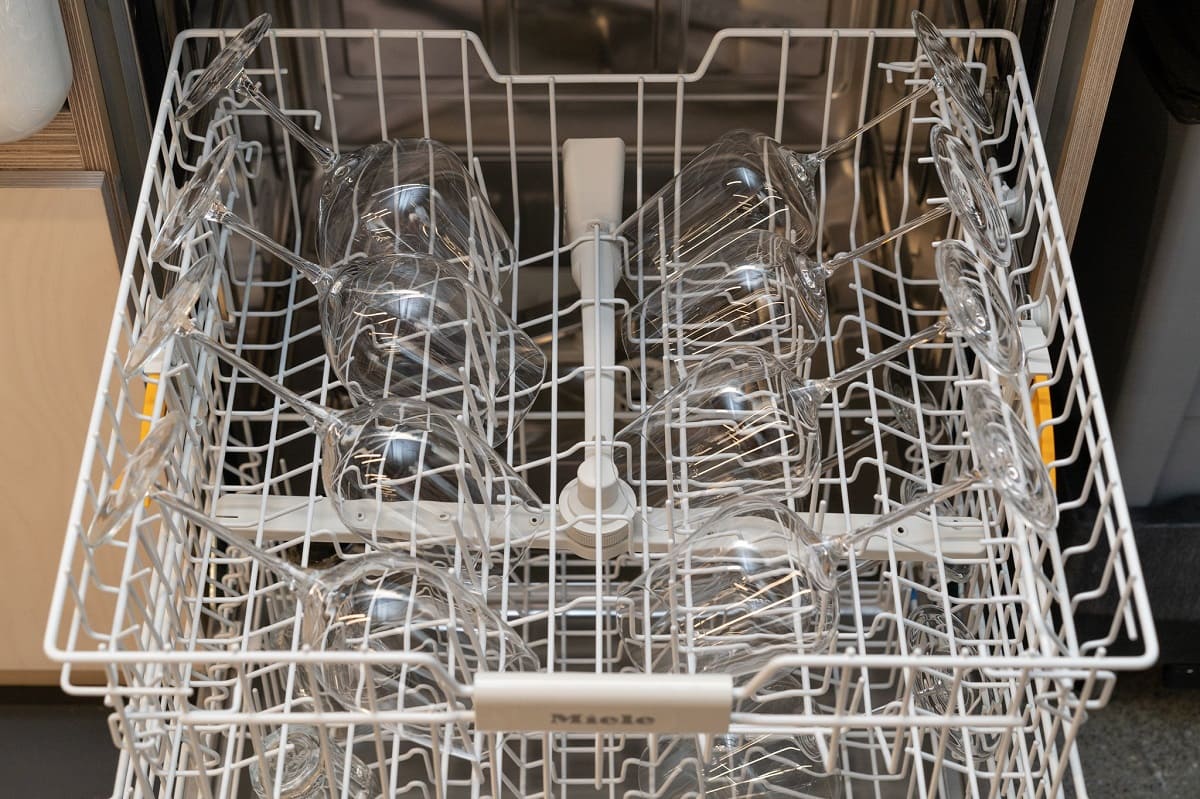

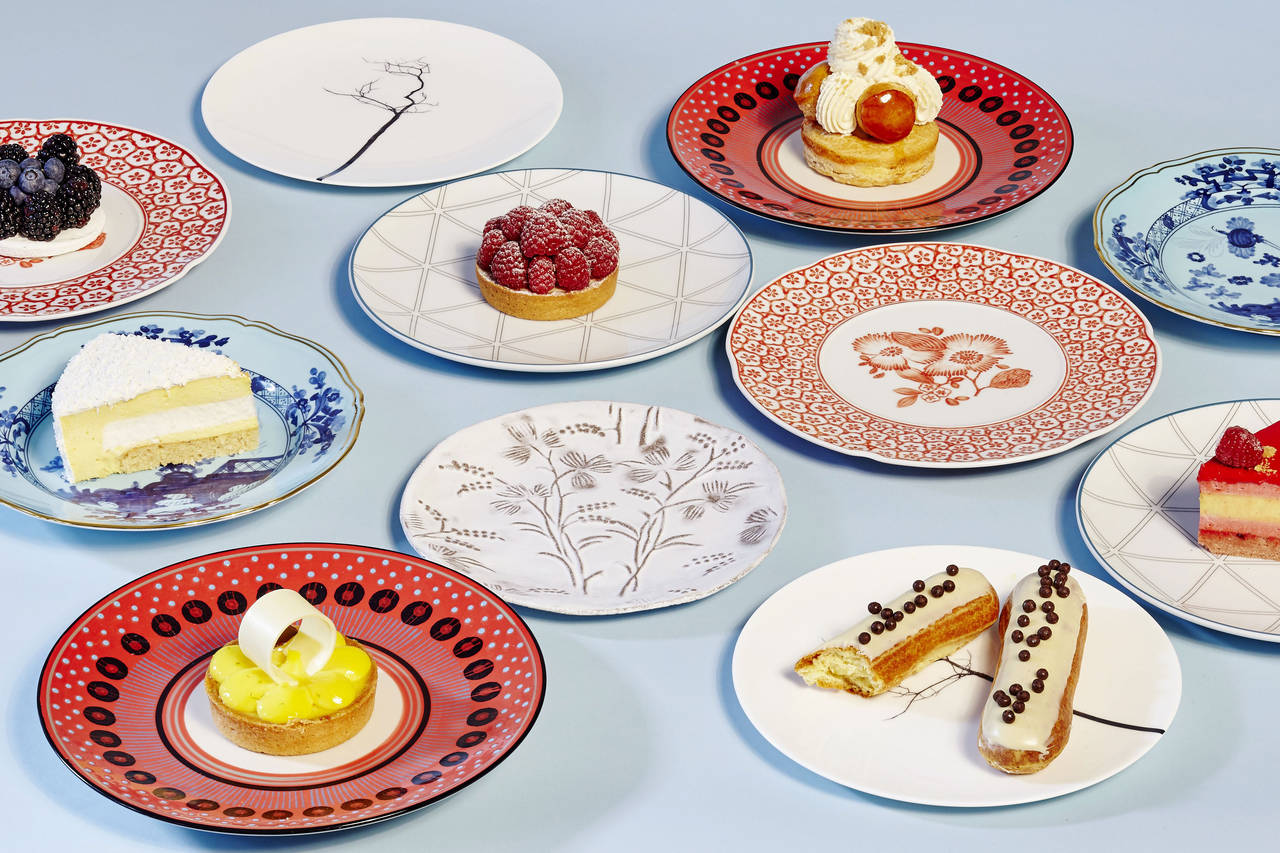
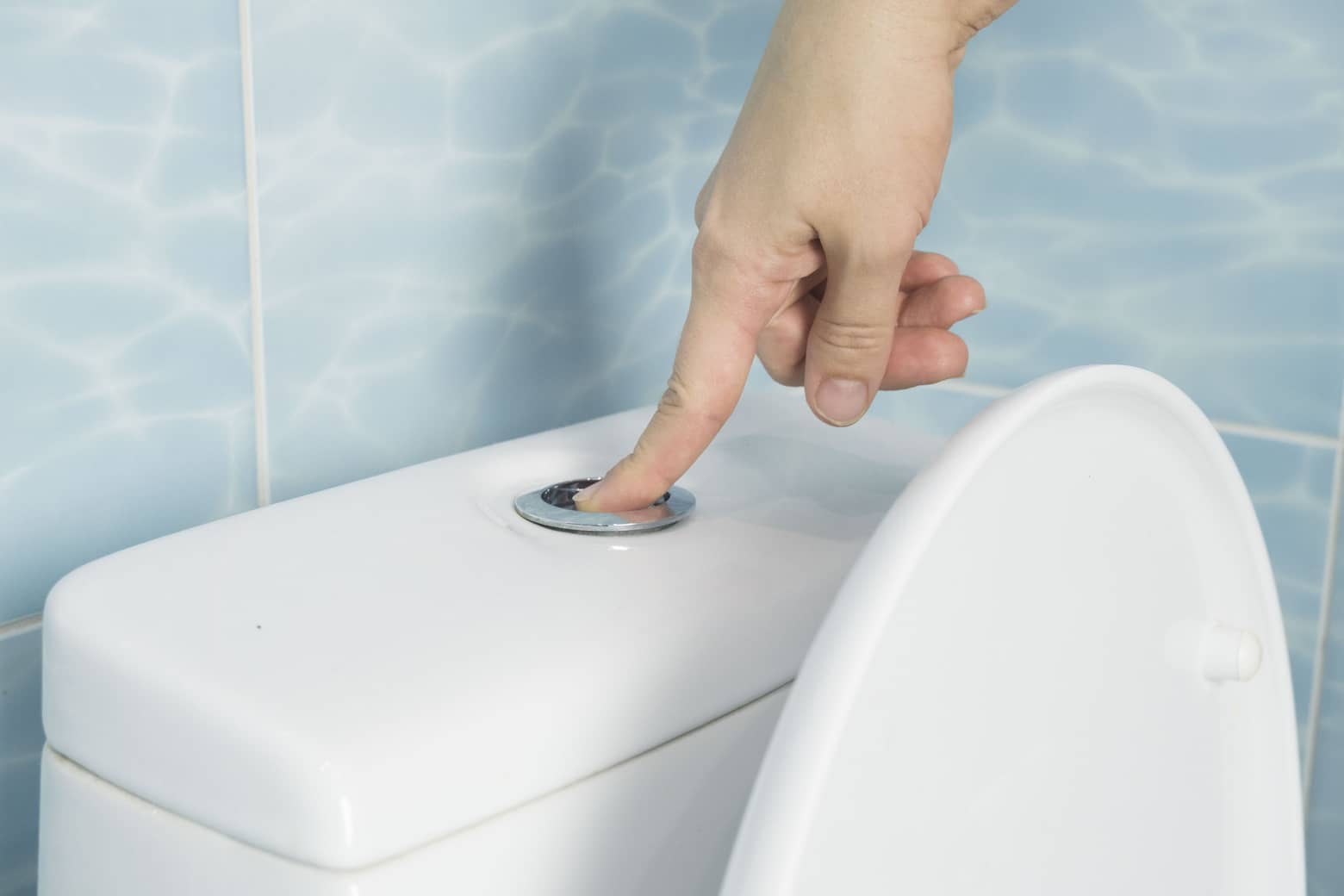
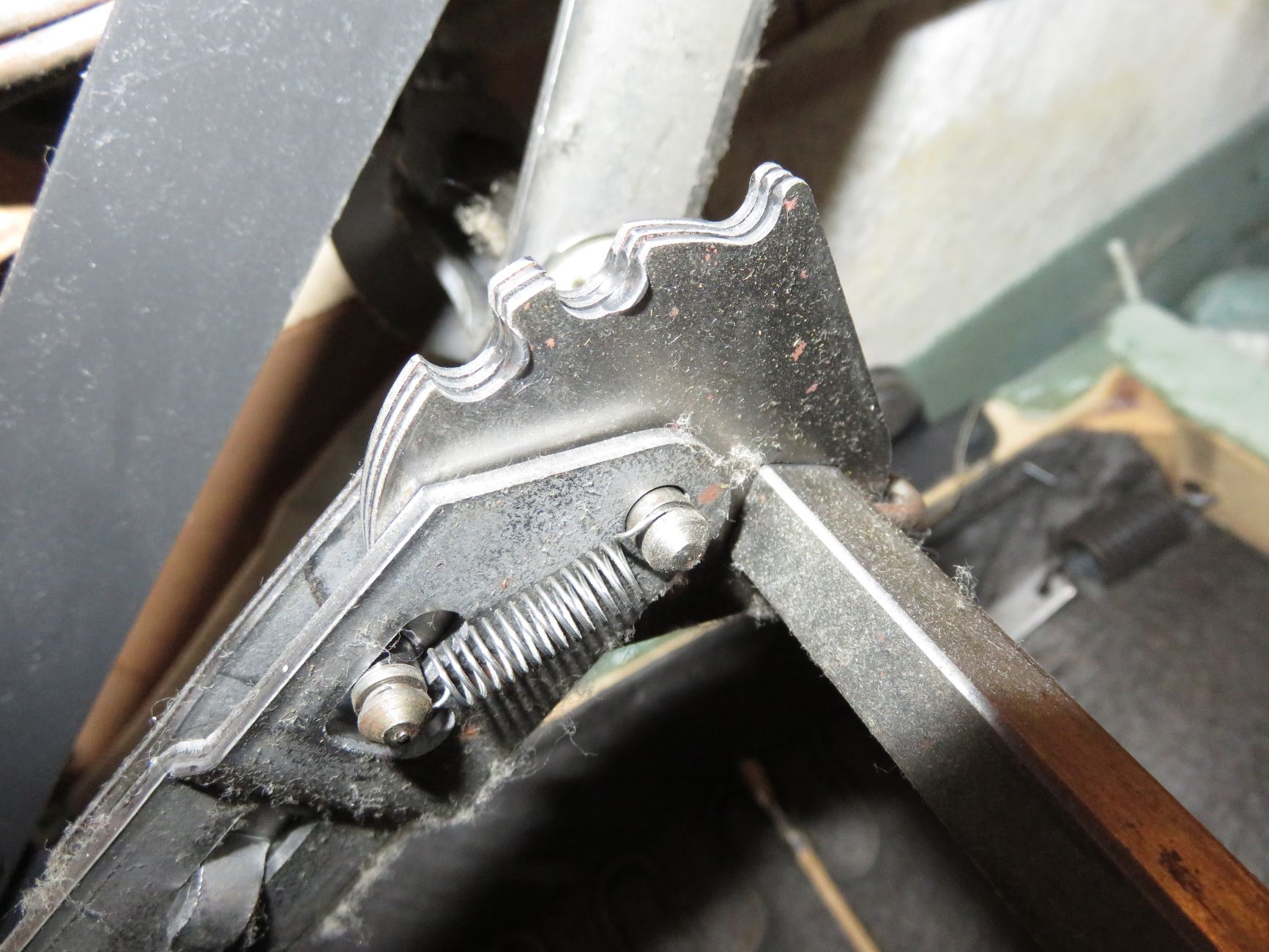

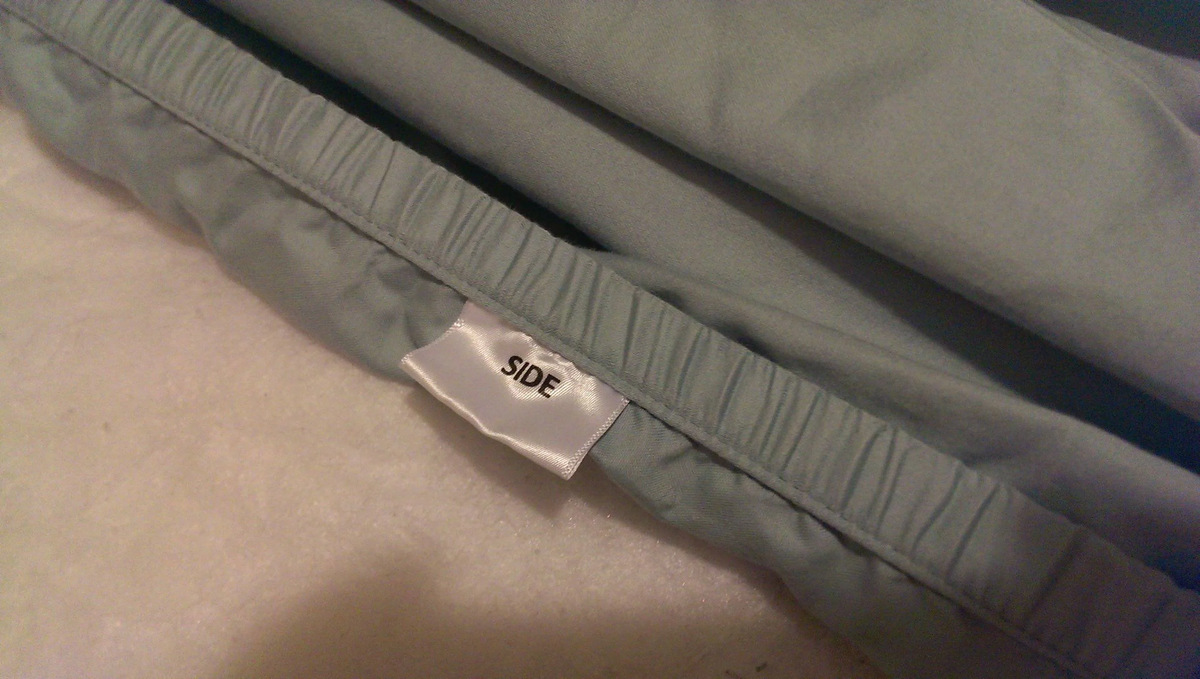
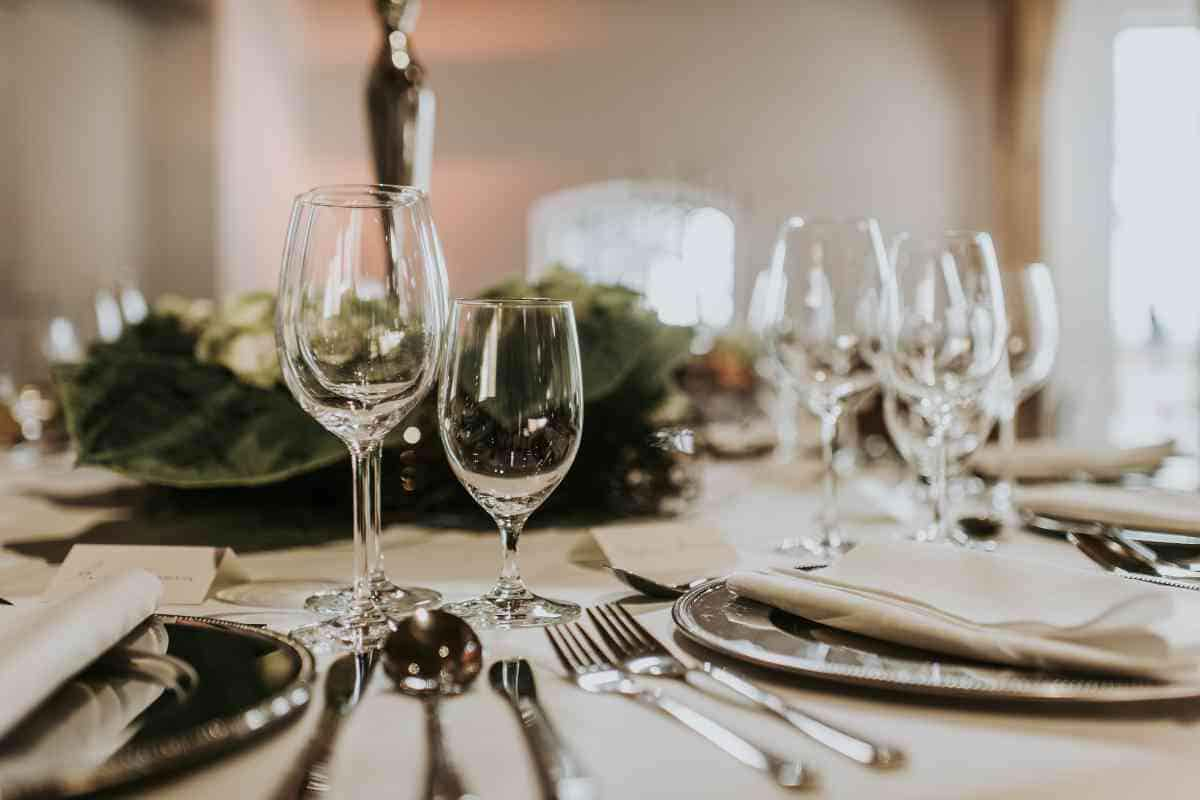
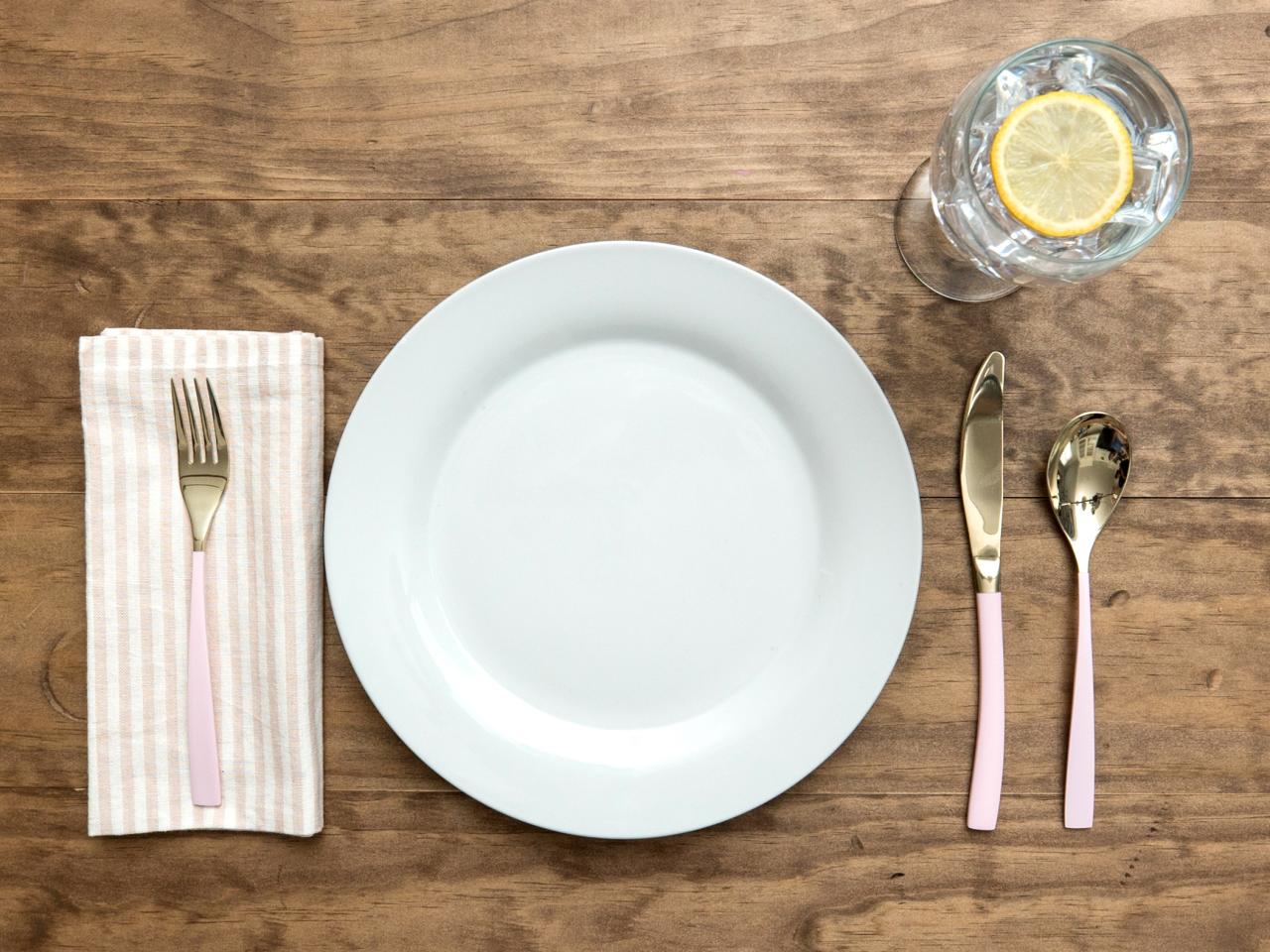
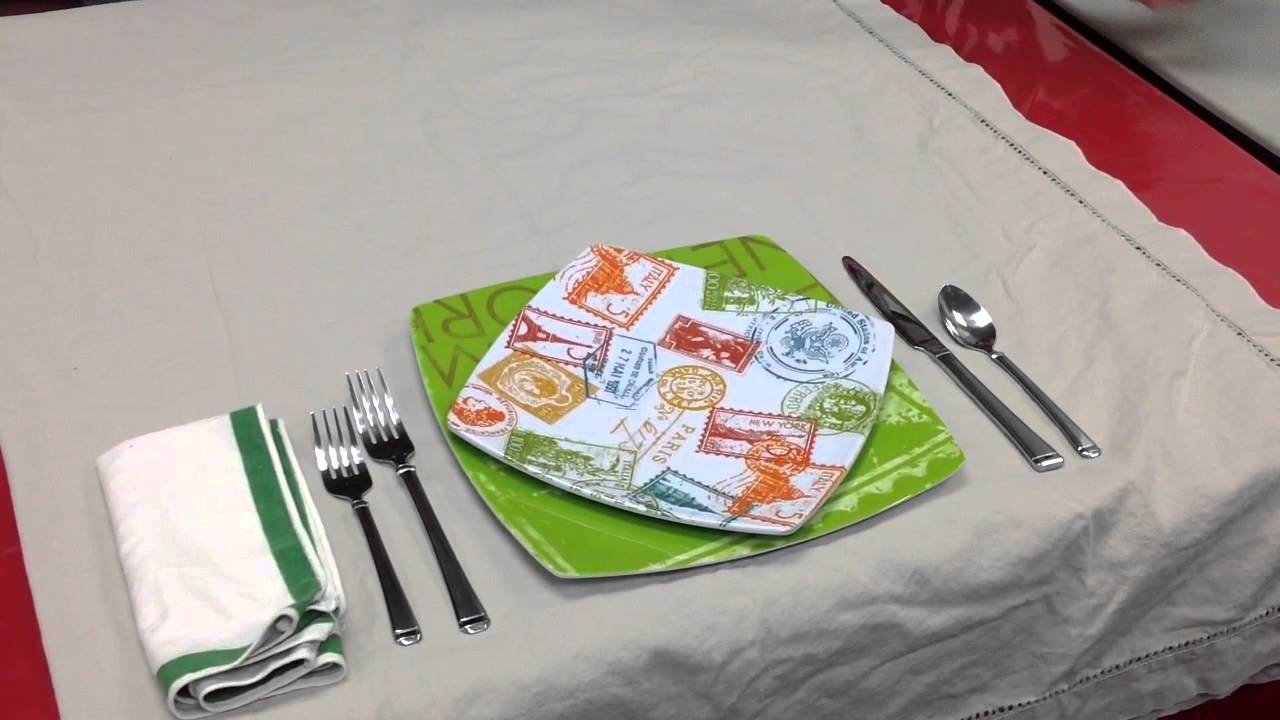
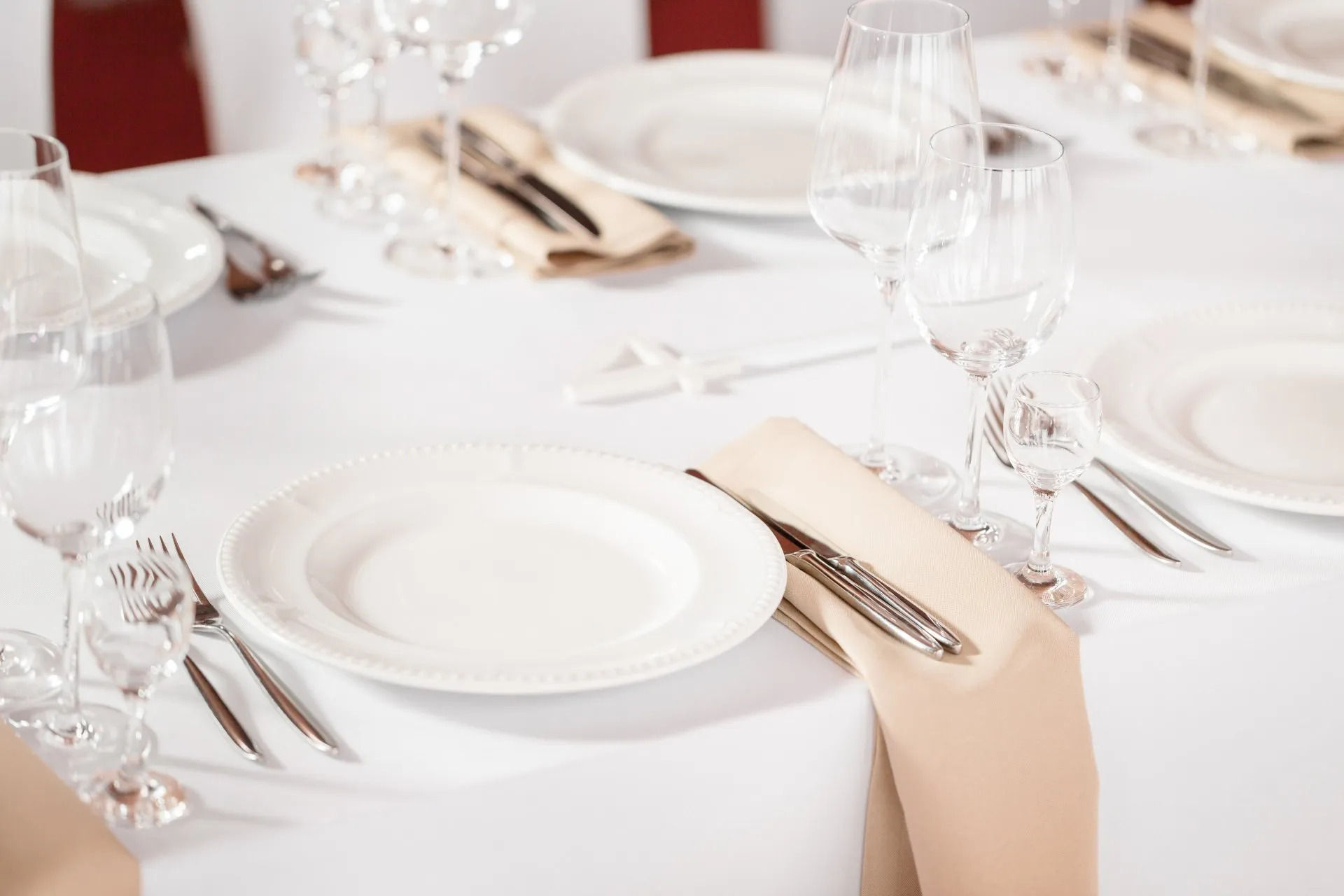
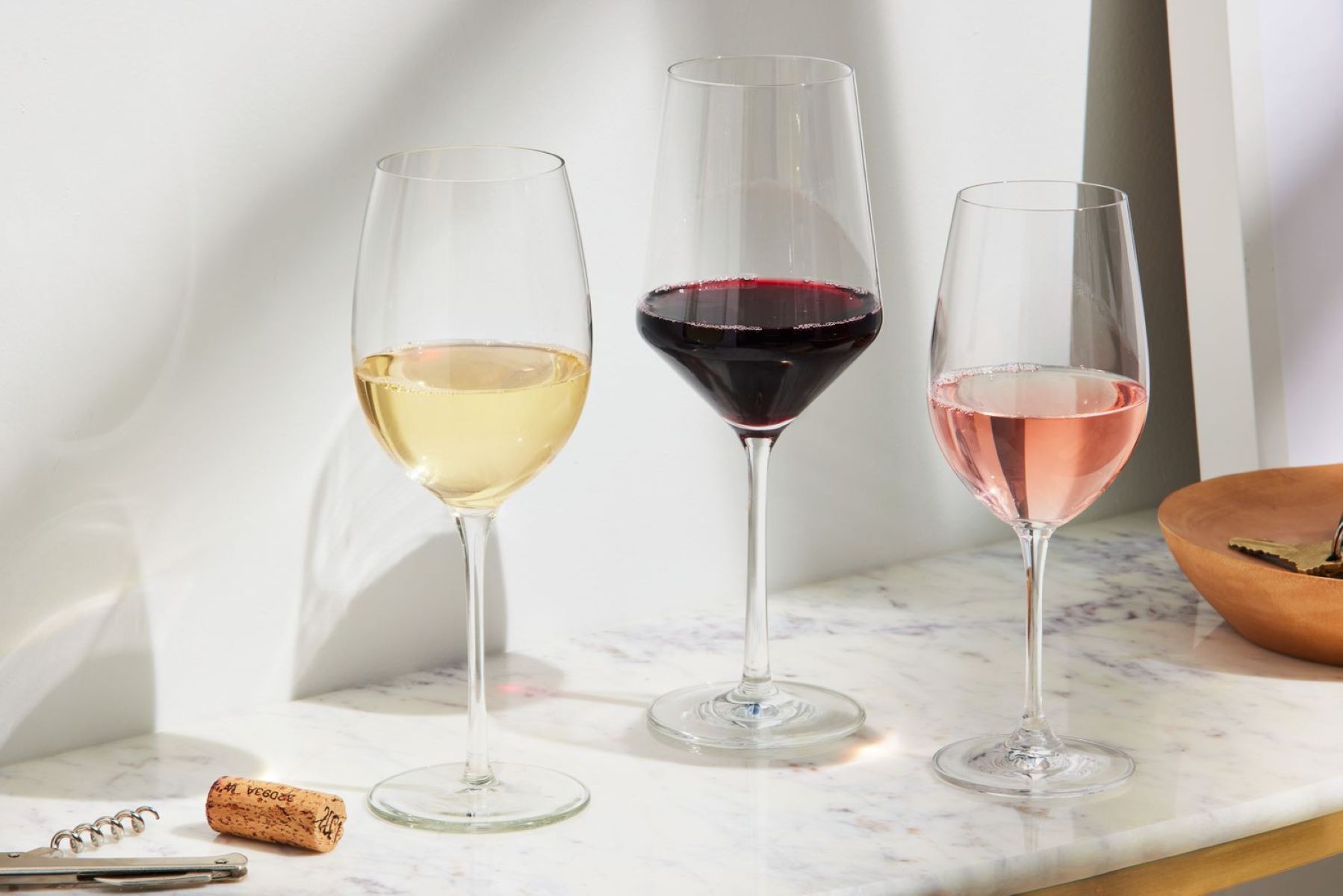

0 thoughts on “Where Does The Wine Glass Go”